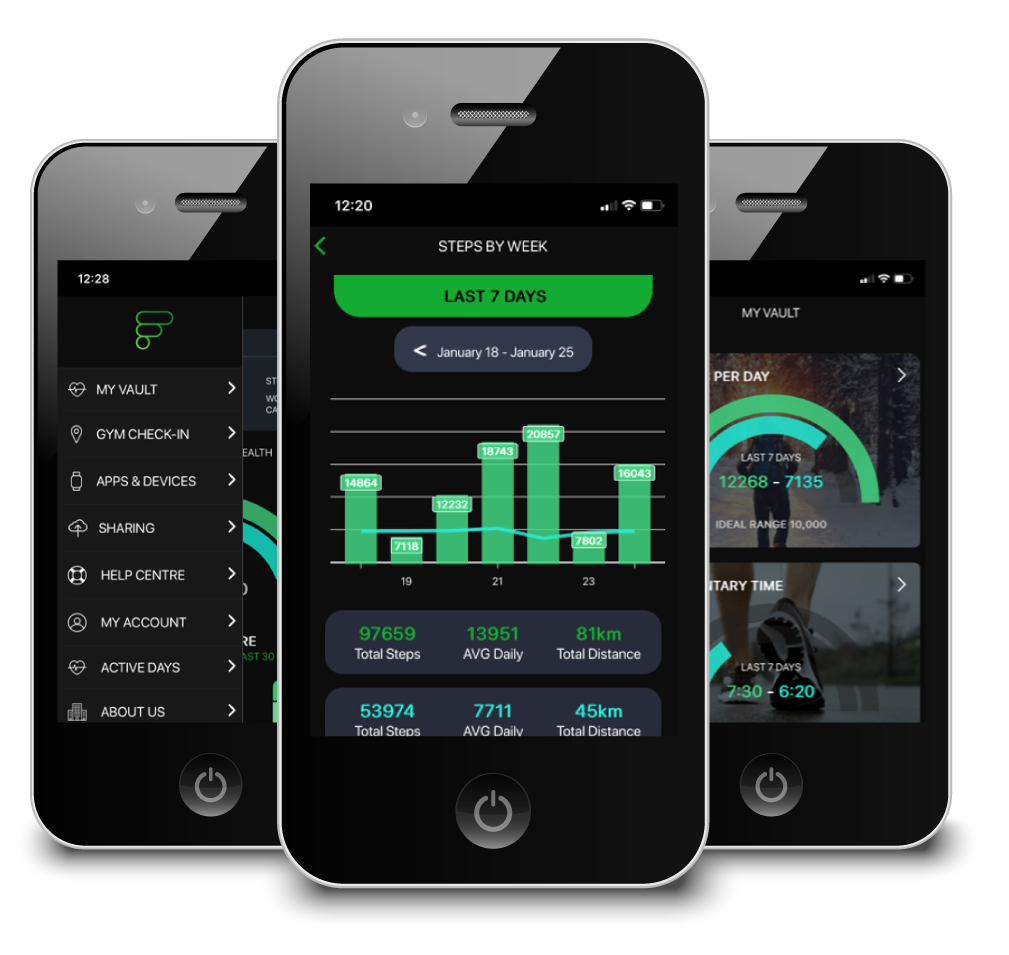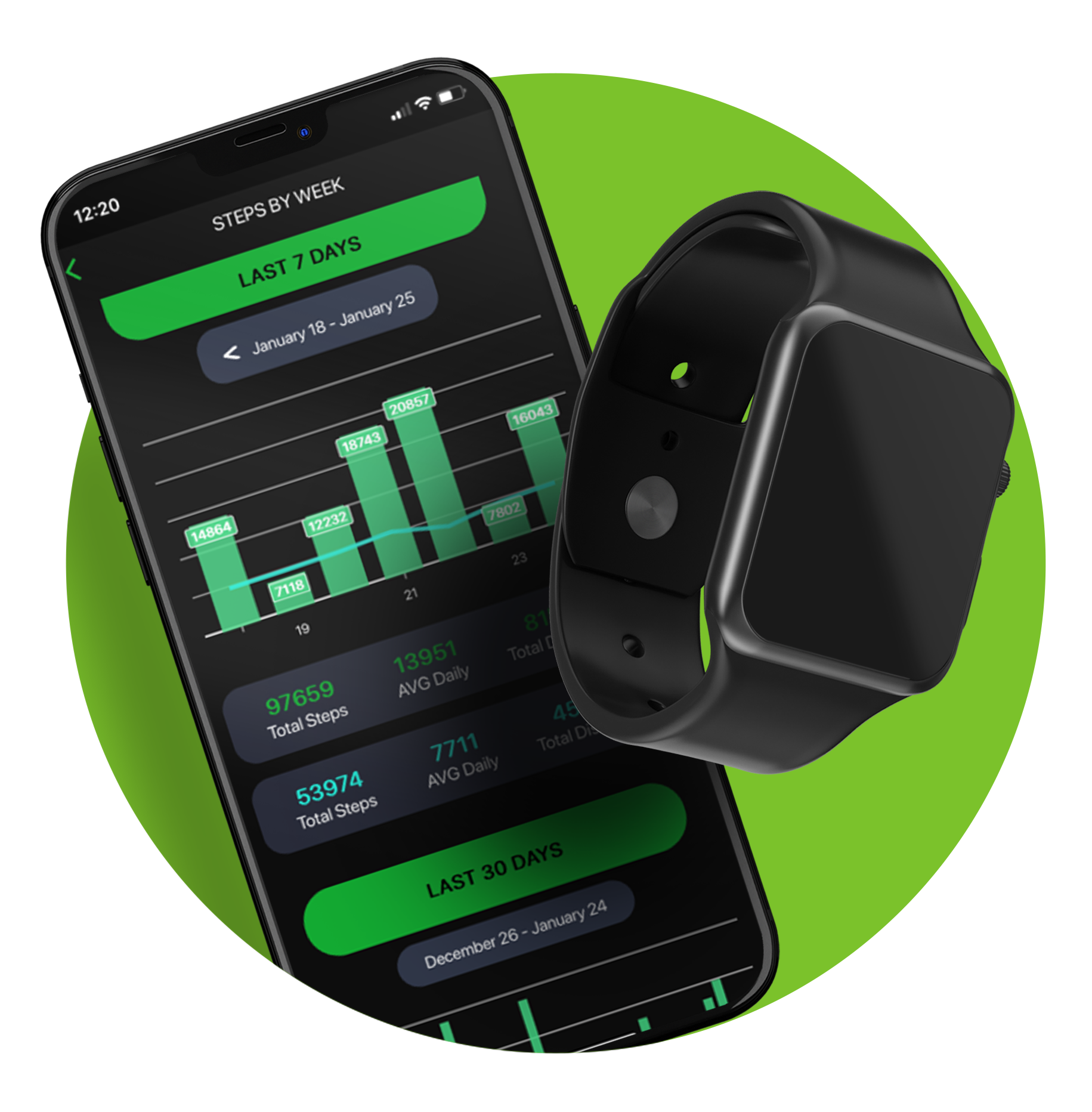Health insurers can leverage data from wearable devices to gain a deeper understanding of their members' health and lifestyle habits, enabling them to develop more effective reward programs.
Wearables track a variety of health and fitness metrics like steps taken, heart rate, sleep patterns, and calories burned, providing a wealth of real-time, objective data about the wearer's daily activities and overall health status.
This data allows insurers to create personalized health and wellness programs. By analyzing the activity data, insurers can identify areas where a member might need encouragement or support, such as increased physical activity or improved sleep habits. They can then tailor rewards or incentives to motivate changes in these areas, fostering healthier lifestyles among their members.
Secondly, wearable data provides a more accurate way to assess risk. Traditional health risk assessments often rely on self-reported data, which can be inaccurate or misleading. Wearable data, on the other hand, offers objective, verifiable insights into a member's health status and lifestyle, allowing insurers to make more informed underwriting decisions.
Thirdly, by rewarding members for sharing their wearable data and participating in health and wellness programs, insurers can enhance member engagement. This not only promotes healthier behaviors but also fosters a stronger relationship between insurers and their members, potentially leading to higher member retention.



